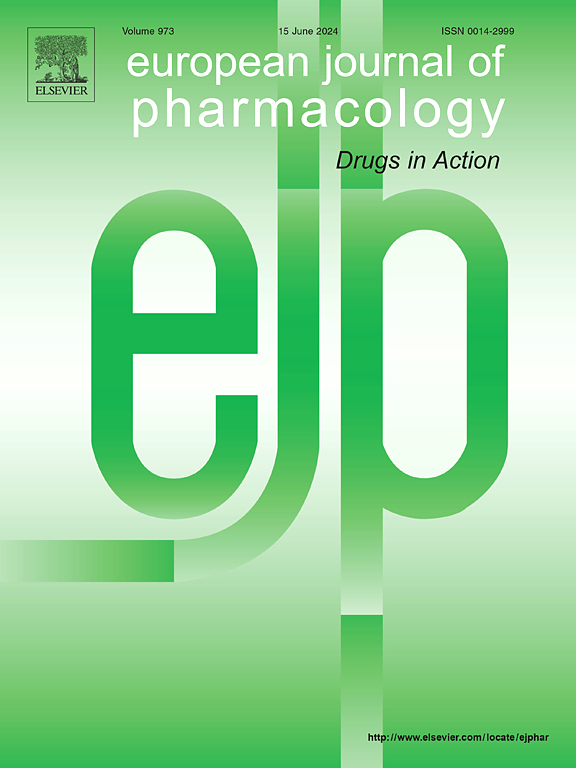The protective effect of amylin in type 2 diabetes: Yes or no
IF 4.2
3区 医学
Q1 PHARMACOLOGY & PHARMACY
引用次数: 0
Abstract
Amylin, which is also called a human islet amyloid polypeptide, is a peptide hormone made up of 37 amino acids that is released from pancreatic β cells. It helps keep blood sugar levels stable by controlling the release of insulin and glucagon. Various studies have indicated its involvement in the pathogenesis of type 2 diabetes (T2D) through the induction of apoptosis in pancreatic cells. Conversely, other studies found that amylin plays a critical role in the pathogenesis of T2D by affecting the release of insulin and glucagon. Therefore, amylin has protective and detrimental effects on the pathogenesis of T2D. Consequently, this review aims to discuss the beneficial and detrimental roles of amylin in T2D.
求助全文
约1分钟内获得全文
求助全文
来源期刊
CiteScore
9.00
自引率
0.00%
发文量
572
审稿时长
34 days
期刊介绍:
The European Journal of Pharmacology publishes research papers covering all aspects of experimental pharmacology with focus on the mechanism of action of structurally identified compounds affecting biological systems.
The scope includes:
Behavioural pharmacology
Neuropharmacology and analgesia
Cardiovascular pharmacology
Pulmonary, gastrointestinal and urogenital pharmacology
Endocrine pharmacology
Immunopharmacology and inflammation
Molecular and cellular pharmacology
Regenerative pharmacology
Biologicals and biotherapeutics
Translational pharmacology
Nutriceutical pharmacology.

 求助内容:
求助内容: 应助结果提醒方式:
应助结果提醒方式:


